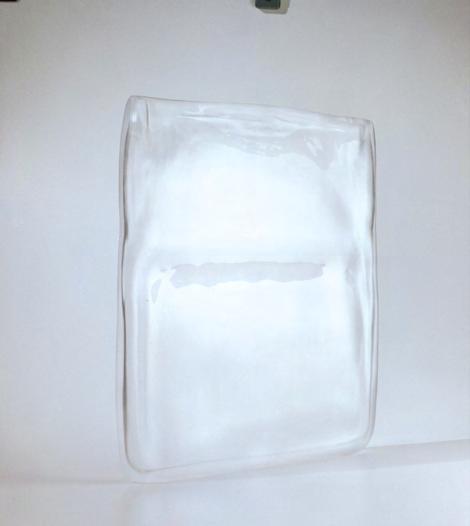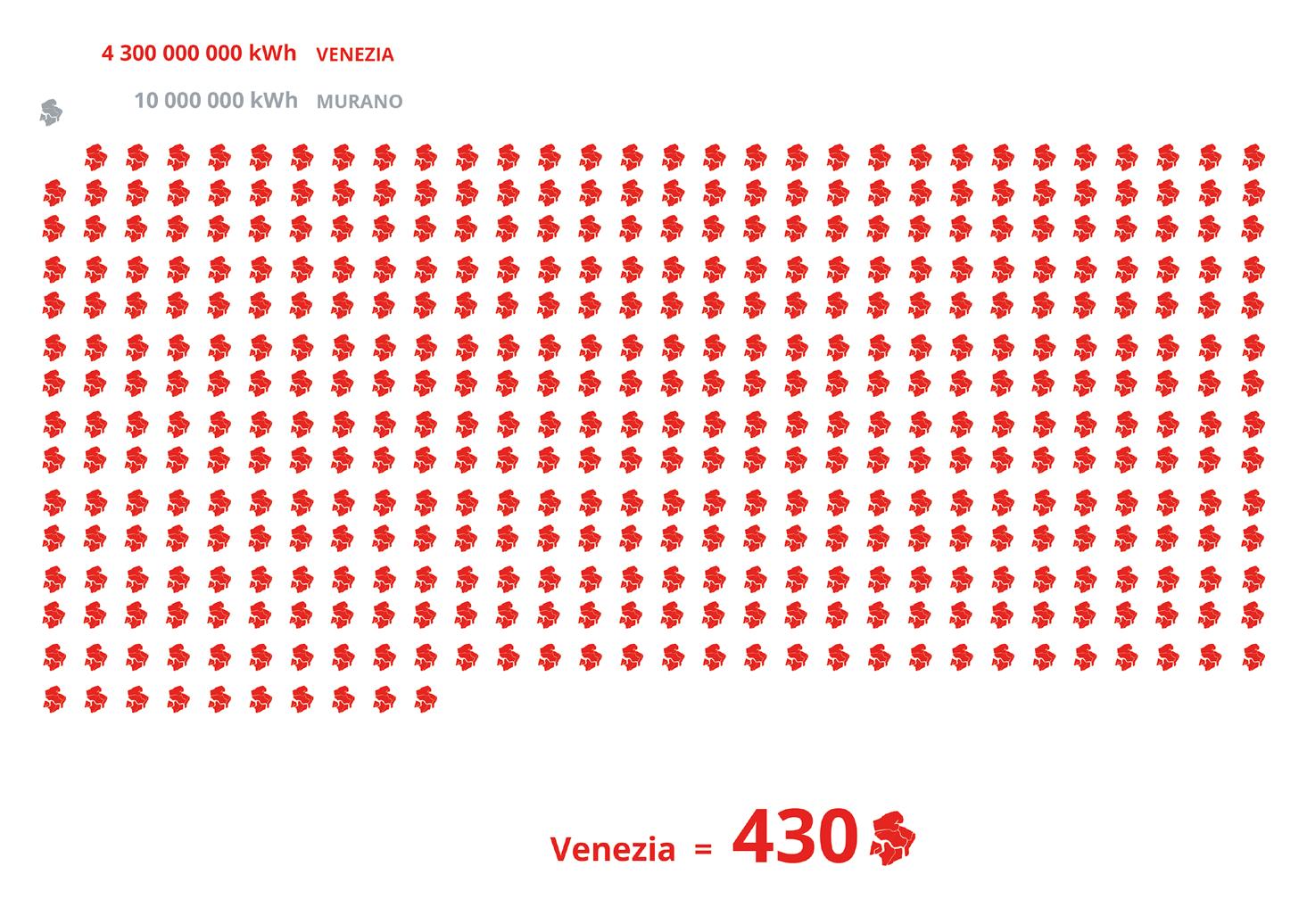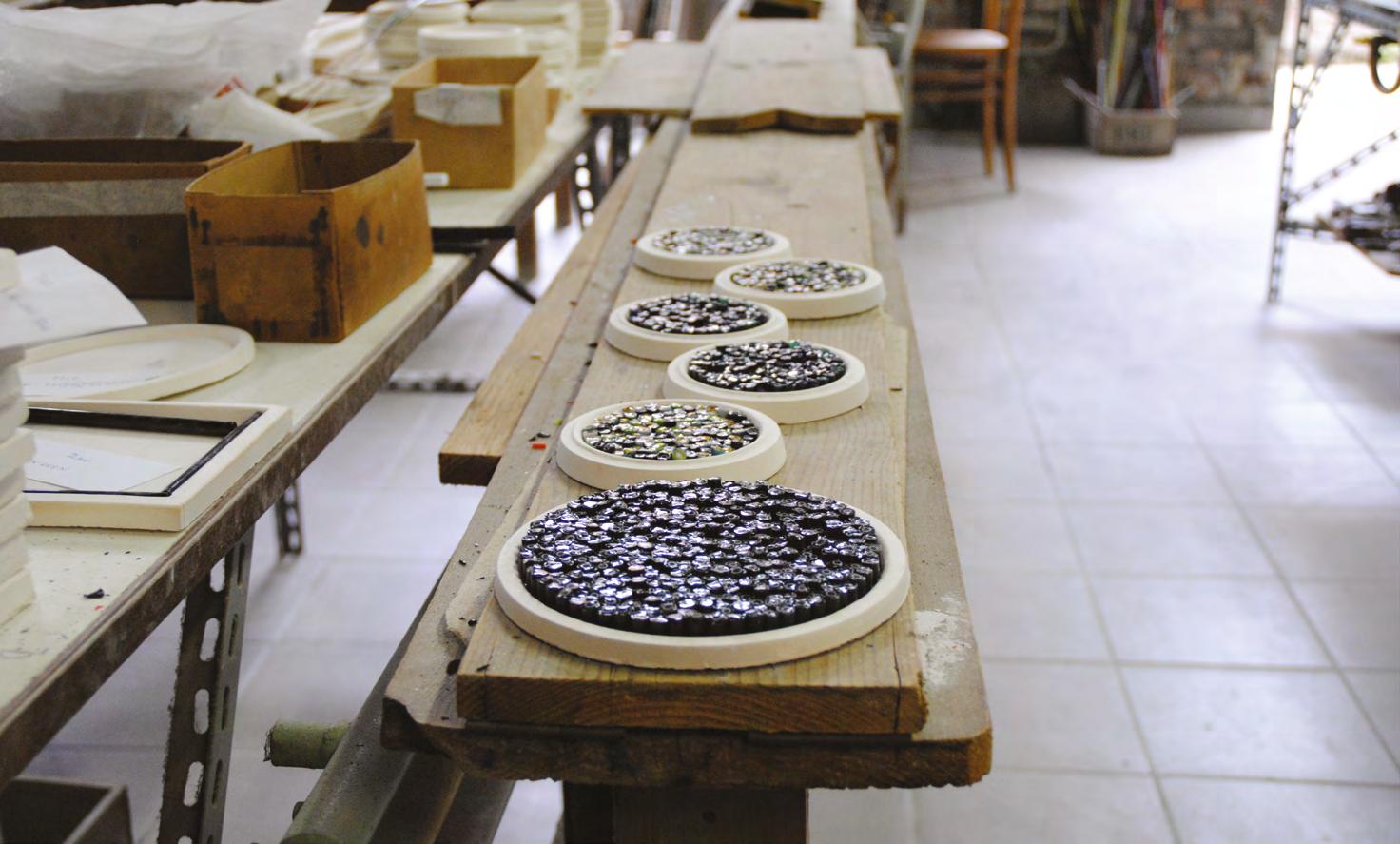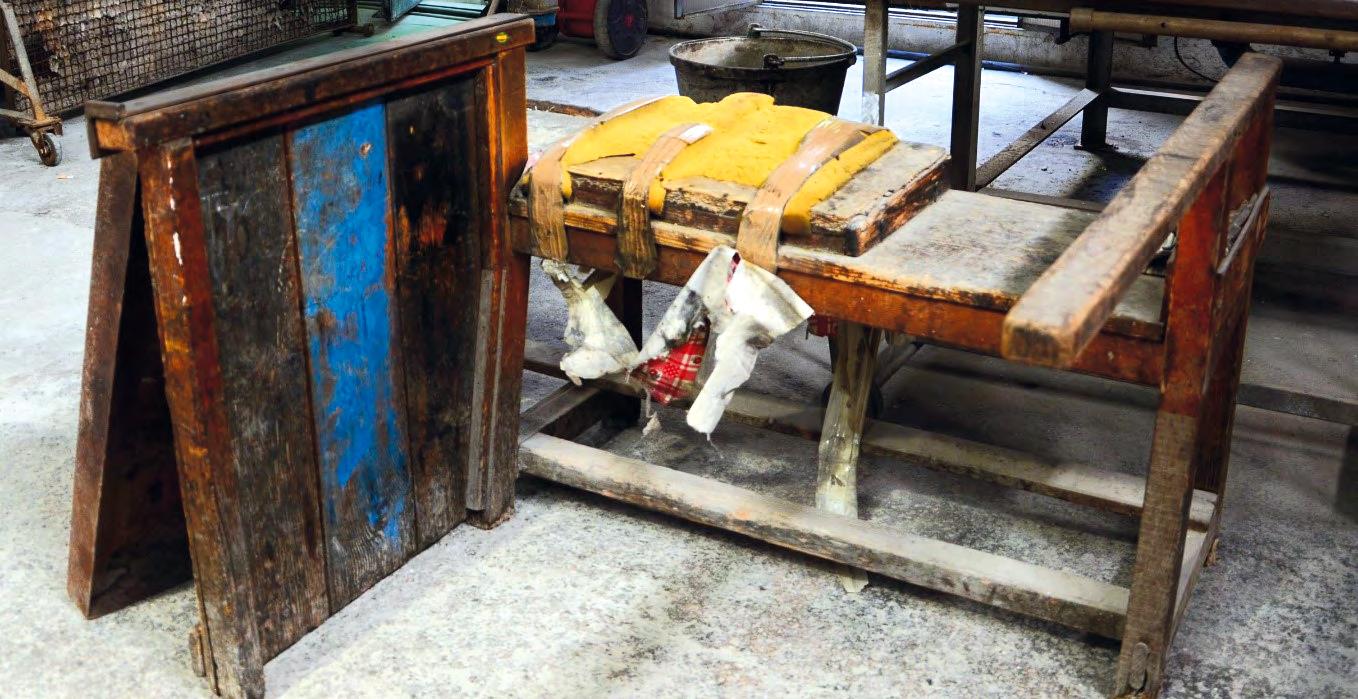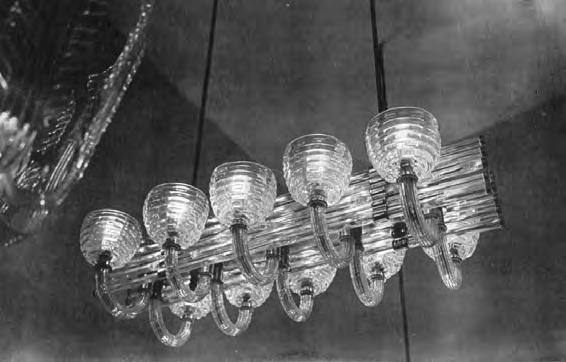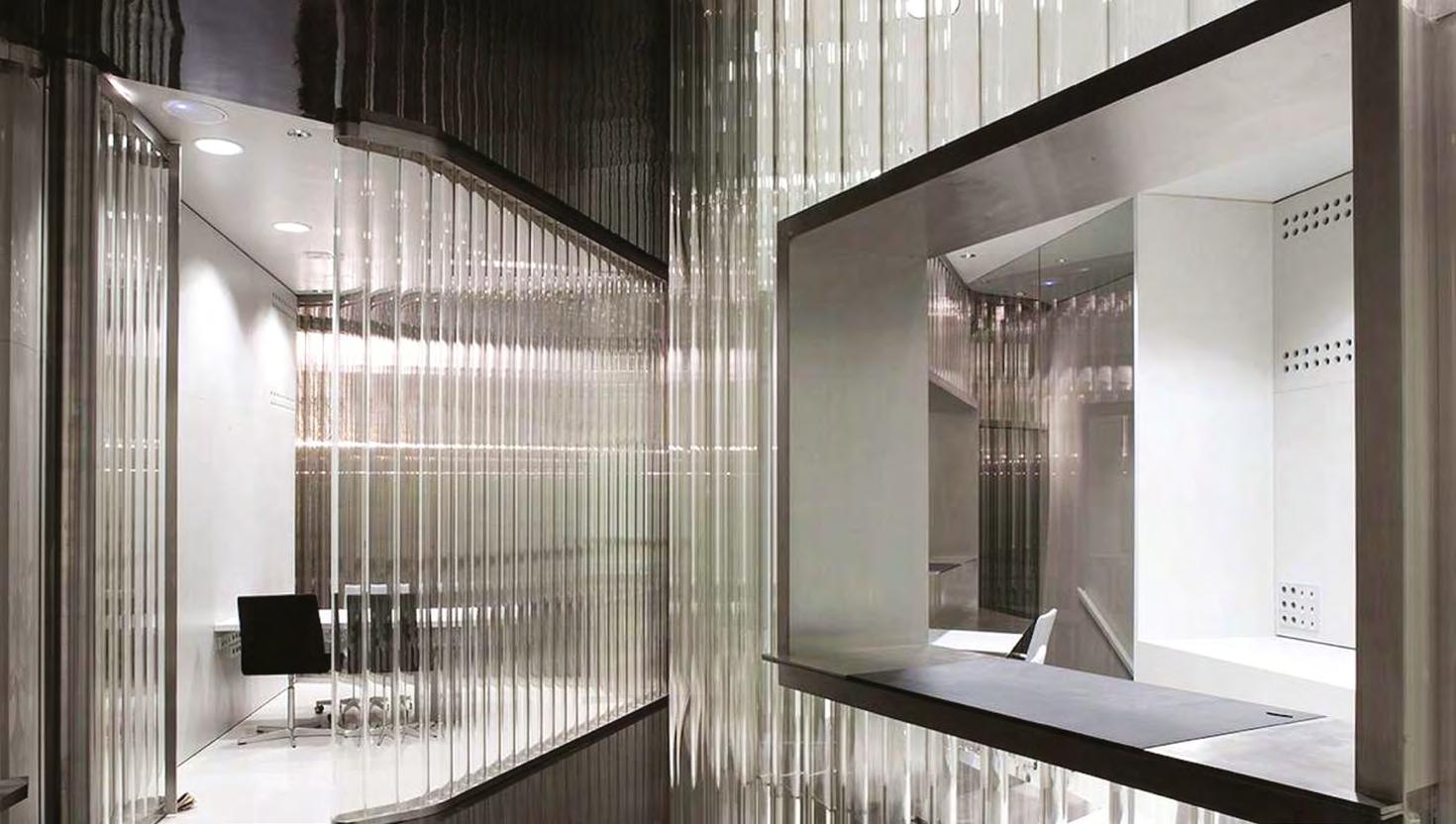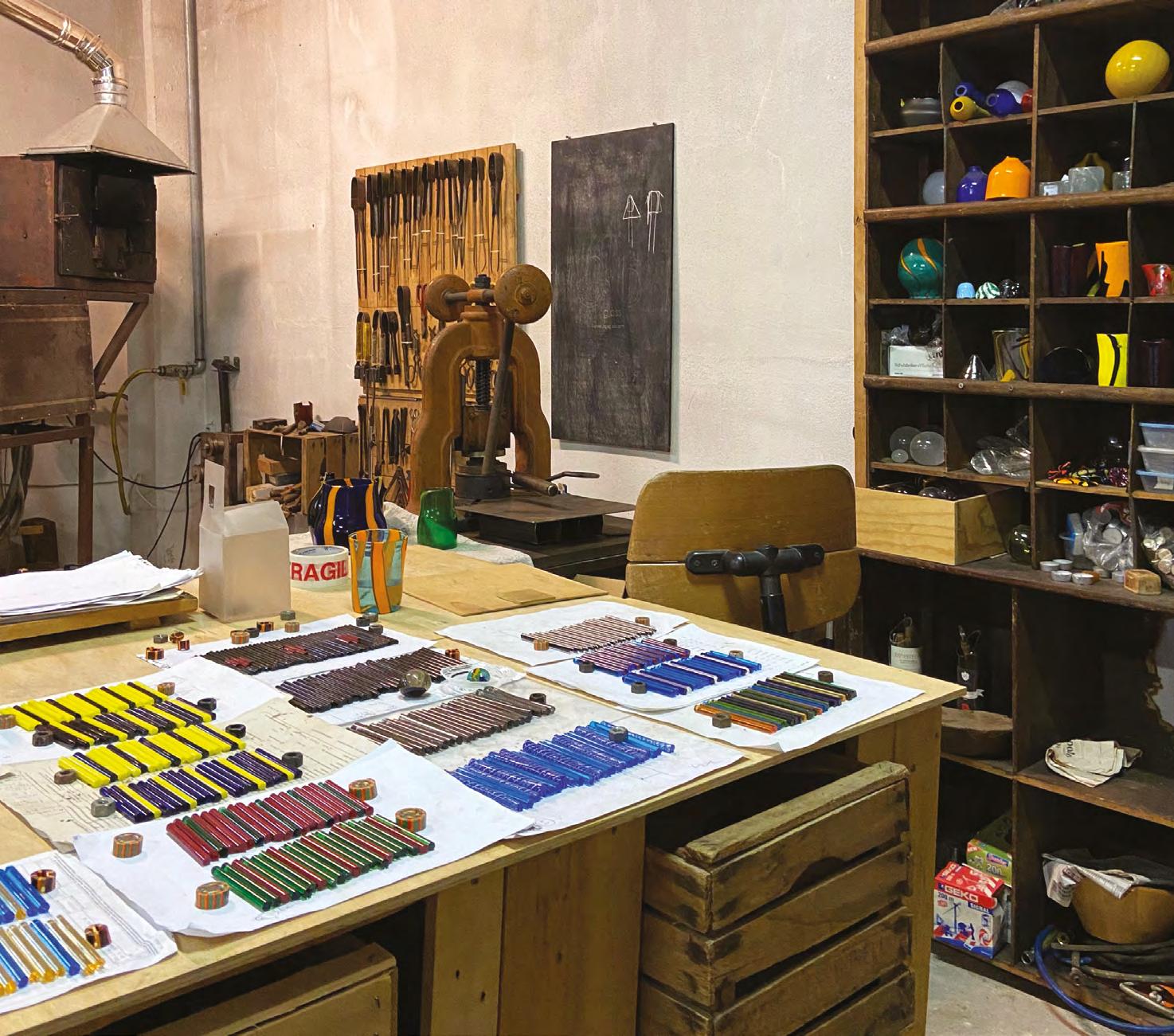
1 minute read
POSTER Use of waste glass as aggregate for cementitious mortars
POSTER
POSTER ONLINE
Use of waste glass as aggregate for cementitious mortars
JACOPO DONNINIA, ANGELO MONTENEROB, L. DAVID PYEC, VALERIA CORINALDESIA
KEYWORDS: WASTE GLASS, RECYCLING, CEMENT
The possibility of incorporating recycled glass into cementitious inorganic matrices is certainly of great interest. Nowadays, this kind of reuse is still not common due to the risk of alkali–silica reaction (ASR) between alkalis of cement and silica of the waste glass. This expansive reaction can cause great problems of cracking and, consequently, it can be extremely deleterious for the mortar durability. This work aims at evaluating the influence of both size and color of recycled glass coming from post-consumer domestic containers on the mechanical properties and durability of recycled glass mortars. The attention is focused on both the mechanical behavior, studied by means of bending and compression tests, as well as durability, investigated by means of accelerated aging tests for evaluating the tendency to expand under alkaline environment due to alkali-silica reactions. Results of this research showed that the use of clear glass cullet in substitution of sand was detrimental due to the very high ASR expansion, and consequent mortar cracking. On the contrary, no evidence of ASR expansion was detected when either amber or green colored glass were used. The use of glass powder in substitution of sand proved to be very interesting and allowed to reach almost the same mechanical performances of those of the reference mortar, with a considerable saving on raw materials. This is due to the fineness of glass powder and its strong pozzolanic effect, which can improve the mechanical properties of cementitious mortars, especially at long ages.
A Department of Materials, Environmental Sciences and Urban Planning (SIMAU), Polytechnic University of Marche, Ancona, Italy. B Department of Chemistry, Università di Parma, Parma, Italy. C Alfred University, SUNY College of Ceramics, Alfred, NY, USA.

Fig. 01 Expansions vs. time of exposure to 1 N solution of NaOH at 80°C. Fig. 02 Observations of a mortar specimen made of uncolored cullet by optical.

